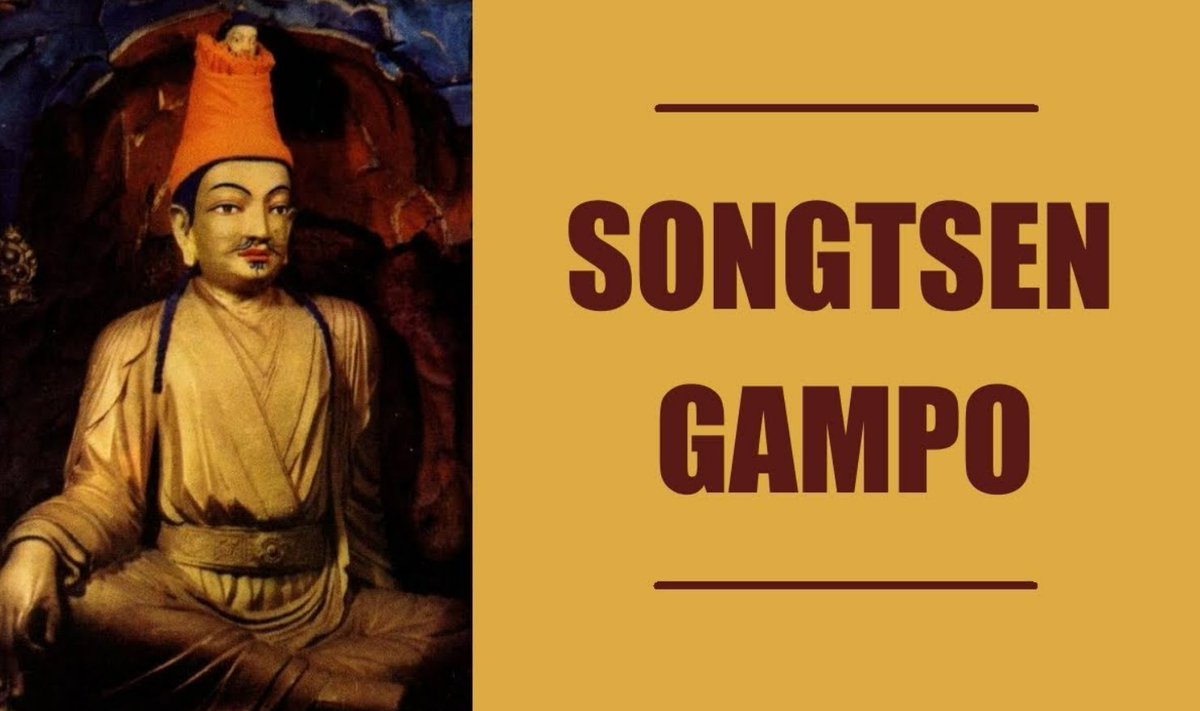
Drigung Monastery, #Tibetan monastery famous for performing sky burials
Photographed by 📸Mark Evans in November 2005
Photographed by 📸Mark Evans in November 2005

Sky burial (Tibetan: བྱ་གཏོར་,"bird-scattered") is a funeral practice in which a human corpse is placed on a mountaintop to decompose while exposed to the elements or to be eaten by scavenging animals, especially carrion birds.
It is a specific type of the general practice of excarnation. It is practiced in the Chinese provinces and autonomous regions of #Tibet, Qinghai, Sichuan, and Inner Mongolia, as well as in Mongolia, Bhutan, and parts of India such as Sikkim and Zanskar.
Corpse being carried from #Lhasa for sky burial, the corpse a yak hair cloth and two white silk Khata as offerings. (1920)
Photographed by 📸Charles Bell
Photographed by 📸Charles Bell

Vulture feeding on body detail, sky burial art with vultures at Litang Monastery, #Tibet in 2009. (cropped) 

A body being prepared for sky burial in #Sichuan 

Skeletal remains as vultures feed.
The locations, preparation and sky burial are understood in the Vajrayana #Buddhist traditions. Burial rites where the deceased are exposed to the elements and scavenger birds on stone structures called #Dakhma.
The locations, preparation and sky burial are understood in the Vajrayana #Buddhist traditions. Burial rites where the deceased are exposed to the elements and scavenger birds on stone structures called #Dakhma.

• • •
Missing some Tweet in this thread? You can try to
force a refresh

















